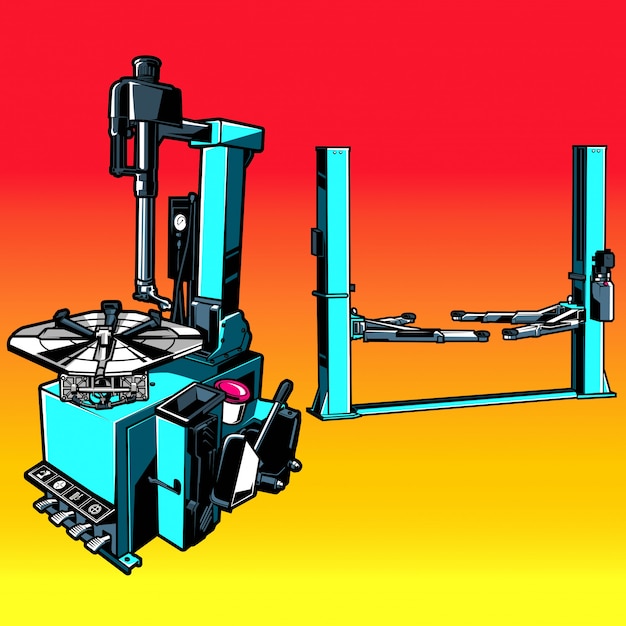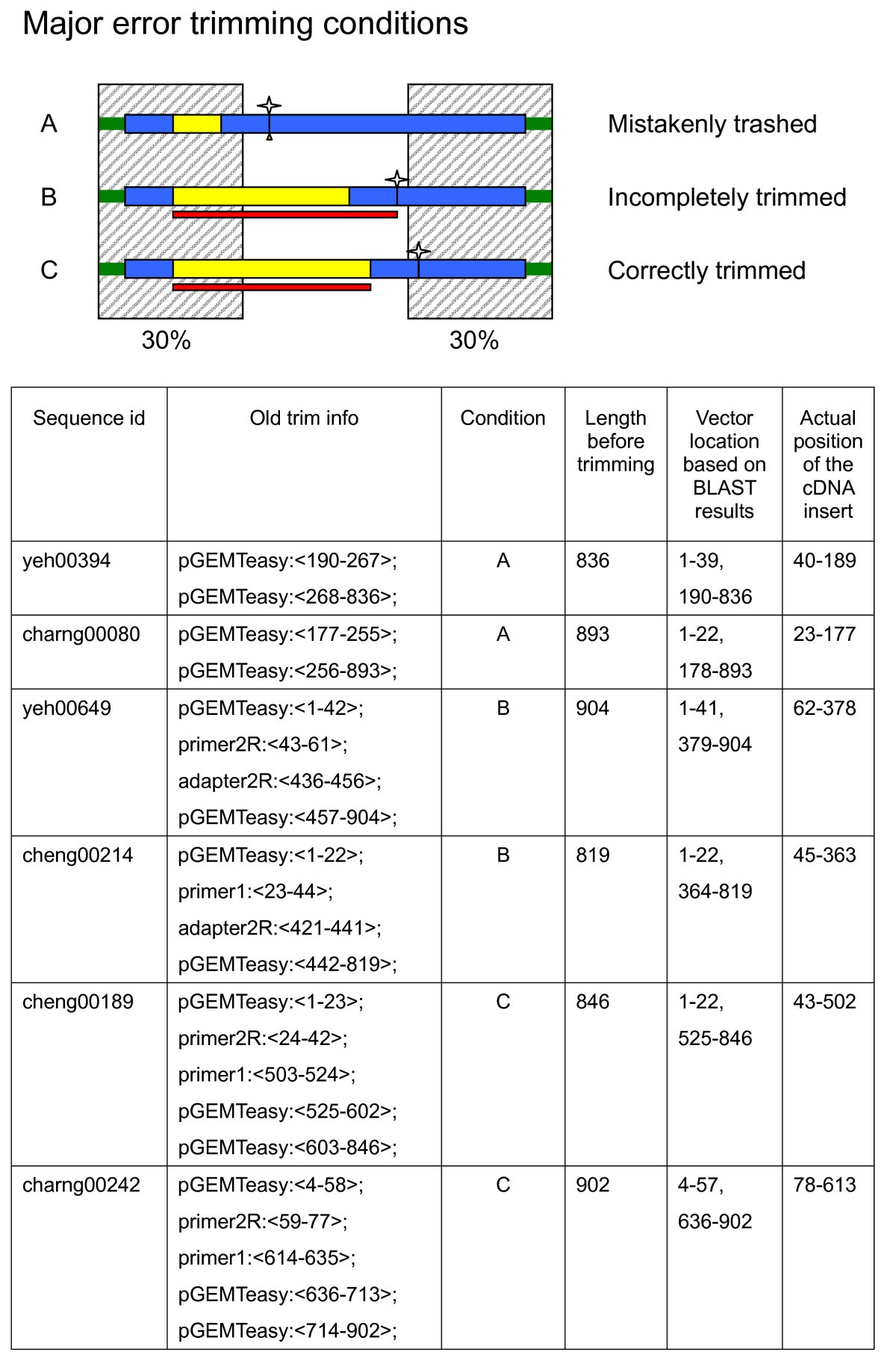

However, the accuracy of marker-gene and metagenomic sequencing (MGS) is limited in practice by several processes that introduce contaminants-DNA sequences not truly present in the sampled community.įailure to account for DNA contamination can lead to inaccurate data interpretation. Shotgun metagenomics, in which all DNA recovered from a sample is sequenced, can also characterize functional potential. Community composition can be characterized by sequencing taxonomically informative marker genes, such as the 16S rRNA gene in bacteria. High-throughput sequencing of DNA from environmental samples is a powerful tool for investigating microbial and non-microbial communities. Decontam integrates easily with existing MGS workflows and allows researchers to generate more accurate profiles of microbial communities at little to no additional cost. Conclusionsĭecontam improves the quality of metagenomic and marker-gene sequencing by identifying and removing contaminant DNA sequences. The application of decontam to two recently published datasets corroborated and extended their conclusions that little evidence existed for an indigenous placenta microbiome and that some low-frequency taxa seemingly associated with preterm birth were contaminants. In metagenomics and marker-gene measurements of a dilution series, decontam substantially reduced technical variation arising from different sequencing protocols. Resultsĭecontam classified amplicon sequence variants (ASVs) in a human oral dataset consistently with prior microscopic observations of the microbial taxa inhabiting that environment and previous reports of contaminant taxa. Here we introduce decontam ( ), an open-source R package that implements a statistical classification procedure that identifies contaminants in MGS data based on two widely reproduced patterns: contaminants appear at higher frequencies in low-concentration samples and are often found in negative controls.

Appropriate laboratory practices can reduce contamination, but do not eliminate it. Contaminants come from various sources, including reagents. The accuracy of microbial community surveys based on marker-gene and metagenomic sequencing (MGS) suffers from the presence of contaminants-DNA sequences not truly present in the sample.


 0 kommentar(er)
0 kommentar(er)
